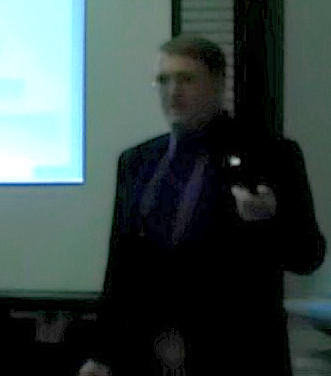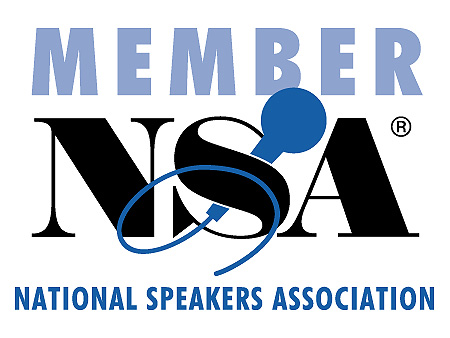 Send to Kindle
Send to KindleEffective communication is vital for leadership success. In today’s world of instant message, texting, and email, it’s easy to forget some common rules that still apply in most situations. There is a dichotomy here though that leaders must understand and accept, even if it doesn’t seem fair. While a leader should strive for excellence, he or she must also accept the fact that subordinates may not have the same motivation. I’ve learned that insisting on perfection in written communication from a shop foreman, or shift leader was at once an exercise in futility and a waste of their time. Often, in the search for perfection, the message is either lost, or becomes irrelevant.
Here are some tips I’ve found useful for written communication.
1. Unless you’re writing for an academic assignment, don’t write like you’re doing an academic assignment. Your reader will not be impressed.
2. Use active voice as much as possible, but remember that every sentence does not need to begin with “I.”
3. Don’t pad your writing. Write like you’d talk. Using a lot of extra words clouds your message.
4. When you’re finished, read it to yourself. Out loud. See how it sounds.
5. You are not social networking. Capitalize, use punctuation, and avoid undefined acronyms.
Email presents a couple of unique issues to be aware of.
1. Remember that once sent, an email can live forever and you don’t control where it goes. Don’t say anything you don’t want the world to know. This rule applies even when writing to friends.
2. Always, always review the names in the To: box before you send. Make sure it will actually go to the right person. I once received an email from the leader of another part of the large organization I was part of. (He was a level above me and had considerable authority) He explained there was yet another delay in their support for a project I was responsible for. I was tired of the delays and what I saw as constant excuses for putting us off. I immediately forwarded the email to my boss with a rather scathing, and I must admit, unprofessional diatribe outlining my dissatisfaction with the perceived lack of service. Satisfied that I had made my position clear, I hit the send button. A short while later, I had calmed down a little and decided to pick up the phone and talk to the boss about the problem. I asked him if he had seen my email. He said he hadn’t so I looked to make sure it had sent. To my horror, I saw that the email had been sent, but not to my boss. In my haste I had hit reply instead of forward. Since then, I’ve always been careful about checking my emails a little more closely before hitting the send button.
3. Be careful using the blind copy (bcc) feature. This can get you in trouble if the recipient who was blind copied forwards the email. Also, some people are offended when they find out you sent a blind copy to someone else.
4. Emails at work should present the same professional image as your other written and spoken communication. Take the time to review before sending.
Good communication is a skill that will greatly increase your effectiveness as a leader. It’s worth doing right!
These steps are taken from my course Preparing to Lead which is designed to help new leaders quickly adapt to leadership responsibilities. Learn more.



